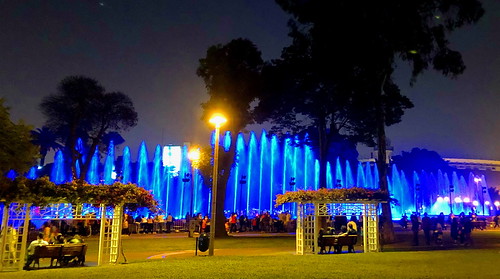Additional P sends, the stronger P2’s want to return revenue
Much more P sends, the stronger P2’s desire to return money67. Thus, within this oneshot game, the level of trust that P shows towards P2 forms P2’s social environment (far more trust by P creates a a lot more cooperative social atmosphere for P2). This social environment is exogenously drawn in the P2 point of view. Inspired by current theories of selection conflict as the driver of choice instances in social dilemmas25,30,46, we hypothesize that in cooperative social environments, cooperative Talarozole (R enantiomer) subjects will really feel significantly less conflicted, and thus decide additional promptly, than noncooperative subjects. In noncooperative environments, conversely, we hypothesize that the opposite will likely be correct. Additionally, we hypothesize that decision conflict will mediate the connection among social atmosphere and cooperation when predicting choice occasions. To test this hypothesis, we examine subjects’ responses for the question, “How conflicted do you feel about your decision”, measured on the screen straight away prior to the final decision screen30. Right here, we estimated a multilevel model of moderated mediation exactly where the interactive effects of social atmosphere (initial trust) and P2 option (quantity returned to the first mover) on selection time had been mediated by feelings of conflict (Fig. S4). Social atmosphere and P2 decision had been scaled to variety from 0.five to 0.five. Feelings of conflict had been produced on a scale from to 0 and were ztransformed. The coefficients were estimated by generalized structural equation model estimation68.Information accessibility.The information reported in this paper are archived at Yale Institute for Network Science Information Archive and are available upon request.ResultsOur final results show that when subjects are deciding in the unknown environment, there’s a unfavorable partnership among selection time and cooperation across the 4 research (Fig. , left). All 4 research exhibit a important connection (P 0.007, 0.006, 0.00, and 0.04), and the combined data with the 4 also exhibit a important relationship: cooperation choices are 2.5 quicker than defection choices (P 0.00). Our analyses working with the firstround data from studies with repeated interactions thus commonly replicate the findings of prior research investigating choice time in oneshot financial cooperation games2,22,24,279. Each of the analytic outcomes are shown in Tables S 9. For choices starting with the second round or later, our final results show that social atmosphere strongly moderates the connection amongst selection time and cooperation: there’s a significant interaction among social environment and decision (cooperate or defect) when predicting selection time in each and every of your 4 research and inside the combined data with the 4 studies (all interaction Ps 0.00) (Table S4). To understand this  interaction, we test the connection between cooperation and choice time inside PubMed ID:https://www.ncbi.nlm.nih.gov/pubmed/20118028 the cooperative and noncooperative social environments separately.Scientific RepoRts 6:29622 DOI: 0.038srepnaturescientificreportsFigure three. The mismatch in between the social atmosphere and selection relates to feelings of conflict (a), which can predict selection time (b) (Study five). (a) Trustcooperation in social atmosphere (for Player two) is proportional for the quantity of revenue sent from Player to Player 2. Both the measures of trustcooperation in social environment (xaxis) and funds sent back from Player two to Player (yaxis) are standardized (variety, 0.5 to 0.5). A greater worth in each the measures represents a higher degree of trustcooperation to.
interaction, we test the connection between cooperation and choice time inside PubMed ID:https://www.ncbi.nlm.nih.gov/pubmed/20118028 the cooperative and noncooperative social environments separately.Scientific RepoRts 6:29622 DOI: 0.038srepnaturescientificreportsFigure three. The mismatch in between the social atmosphere and selection relates to feelings of conflict (a), which can predict selection time (b) (Study five). (a) Trustcooperation in social atmosphere (for Player two) is proportional for the quantity of revenue sent from Player to Player 2. Both the measures of trustcooperation in social environment (xaxis) and funds sent back from Player two to Player (yaxis) are standardized (variety, 0.5 to 0.5). A greater worth in each the measures represents a higher degree of trustcooperation to.
